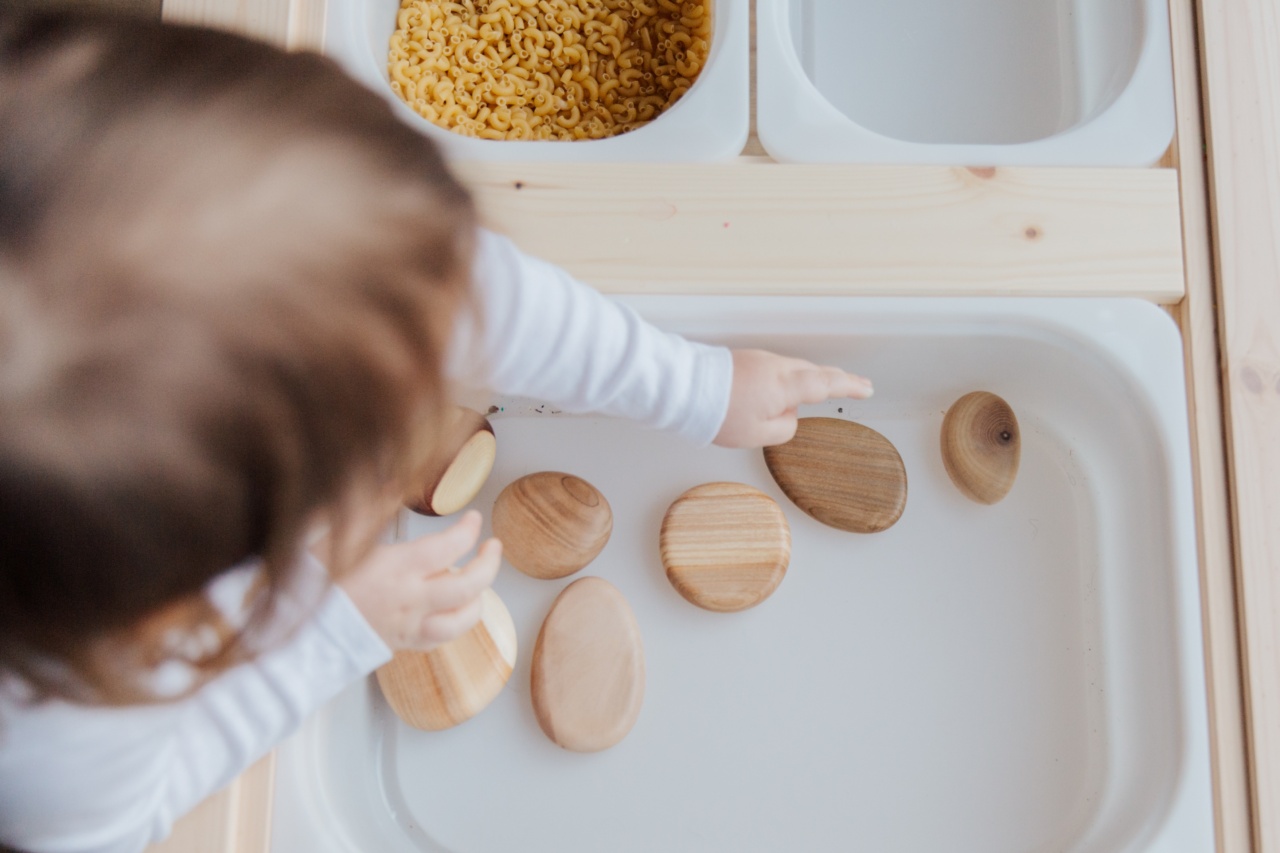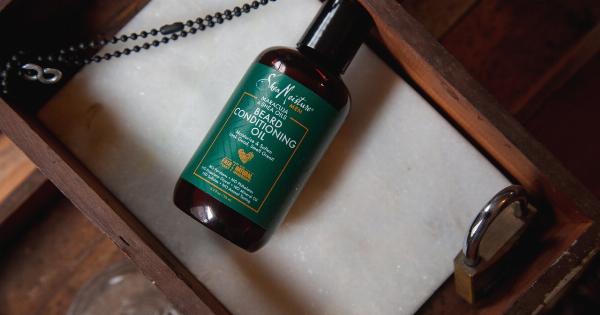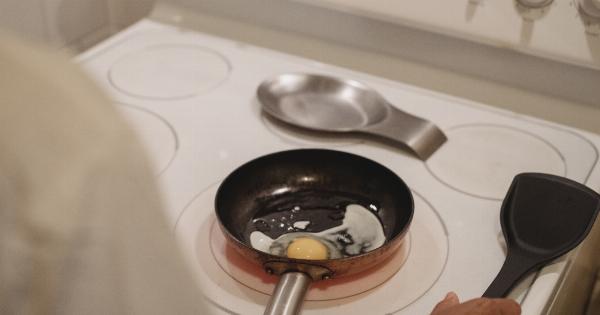Having baby fine hair can be a source of frustration for many individuals. It often lacks volume and can be difficult to style.
But did you know that baby fine hair might also be an indication of poor health? In this article, we will explore the health factors that can contribute to baby fine hair and provide tips on how to improve its appearance.
What is baby fine hair?
Baby fine hair refers to hair that is extremely thin and delicate, much like the hair found on infants. It typically lacks body and volume, making it challenging to style and maintain.
People with baby fine hair often struggle with achieving a full, voluminous look and may feel self-conscious about its thin appearance.
Possible causes of baby fine hair
While baby fine hair can be genetic and simply a characteristic passed down through families, it can also be a sign of underlying health issues. Here are some possible causes that may contribute to baby fine hair:.
1. Nutritional deficiencies
A lack of essential vitamins and nutrients in your diet can have a significant impact on the health of your hair.
Insufficient intake of proteins, vitamins (such as biotin and iron), and minerals can result in weak and thin hair, including baby fine hair. It is important to maintain a balanced diet to ensure that your hair receives the necessary nutrients for optimal health.
2. Hormonal imbalances
Hormonal imbalances, such as those experienced during pregnancy, menopause, or conditions like polycystic ovary syndrome (PCOS), can affect the texture and thickness of your hair.
Fluctuations in hormone levels can lead to hair thinning, including the development of baby fine hair.
3. Underlying health conditions
Various health conditions can contribute to the presence of baby fine hair. Conditions like hypothyroidism, alopecia areata, and trichotillomania can lead to hair thinning and fine texture.
If you suspect an underlying health issue, it is essential to consult a healthcare professional for proper diagnosis and treatment.
4. Excessive heat styling and chemical treatments
Overuse of heat styling tools, such as straighteners and curling irons, and frequent chemical treatments, like coloring or perming, can damage the hair strands. This damage can make the hair appear thinner and finer than its natural state.
It is crucial to give your hair regular breaks from these treatments to allow it to recover and regenerate.
5. Scalp conditions
Unhealthy scalp conditions, such as dermatitis or excessive oiliness, can hinder the growth and health of your hair. If your scalp is not in optimal condition, it may affect the quality and texture of your hair, leading to baby fine hair.
Proper scalp care and maintenance are essential for healthy hair growth.
Tips to improve the appearance of baby fine hair
While you cannot completely change the natural texture of your hair, there are several tips and techniques you can try to enhance the appearance of baby fine hair:.
1. Proper hair care routine
Establishing a suitable hair care routine is crucial for maintaining the health of your hair. Use gentle shampoos and conditioners formulated for fine hair. Avoid overwashing your hair, as it can strip away natural oils, leading to dryness and breakage.
2. Avoid heat styling
Minimize the use of heat styling tools, as excessive heat can cause damage to your hair strands, making them appear thinner.
Air-drying your hair or using low-heat alternatives, like air-drying products or diffusers, can help maintain the volume and texture of your hair.
3. Nourish your hair from within
Ensure that you are consuming a balanced diet rich in vitamins, minerals, and proteins to promote healthy hair growth and strengthen your hair strands.
You can also consider incorporating hair supplements or biotin capsules into your routine after consulting with a healthcare professional.
4. Use volumizing hair products
Choose volumizing shampoos, conditioners, and styling products specifically designed for fine hair. These products can help provide lift and fullness to your hair, giving the illusion of thicker strands.
5. Gentle hair handling
Avoid brushing or combing your hair aggressively, as it can cause breakage and damage to already delicate strands. Use wide-toothed combs or brushes with soft bristles to minimize hair damage and prevent further thinning.
6. Scalp care
Keep your scalp clean and free from excessive oiliness or dryness. Use gentle exfoliating scrubs and scalp treatments to promote a healthy scalp environment, which is conducive to optimal hair growth.
7. Consult a professional stylist
If you struggle with styling your baby fine hair, consider consulting a professional stylist who specializes in working with fine hair. They can suggest suitable cuts, styles, and products that can enhance the appearance and manageability of your hair.
8. Be patient
It is important to remember that changes in hair texture or thickness do not happen overnight. Be patient and consistent with your hair care routine and lifestyle modifications, and give your hair time to respond positively to the changes.
Conclusion
Baby fine hair can be a frustrating characteristic to deal with, but it may also be a sign of underlying health issues.
Nutritional deficiencies, hormonal imbalances, scalp conditions, and excessive styling or chemical treatments can all contribute to the presence of baby fine hair. By adopting a proper hair care routine, nourishing your hair from within, and making lifestyle modifications, you can help improve the appearance and overall health of your baby fine hair.
Remember, taking care of your hair often goes hand in hand with taking care of your overall health.






























